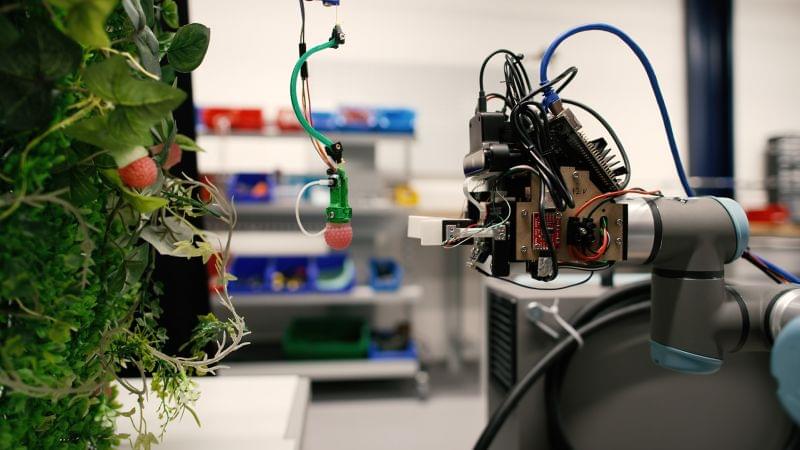There are many components that make The Orville: New Horizons a great show, and not the least of which are the beautiful visuals. Please enjoy this compilation of amazing shots from the final four episodes of the third season of The Orville.
Part 1: https://youtu.be/EkuP4rQC-Zc.
#RenewTheOrville.
If you’d like to help support the channel:
https://buymeacoffee.com/JohnDiMarco.
https://www.paypal.me/DarwinDiMarco.
Thank you!
0:00 — Intro/From Unknown Graves.
0:54 — Midnight Blue.
3:25 — Domino.
9:01 — Unknown Future.
11:13 — Conclusion.
Thanks to Jitse Lemmens for my amazing avatar:





